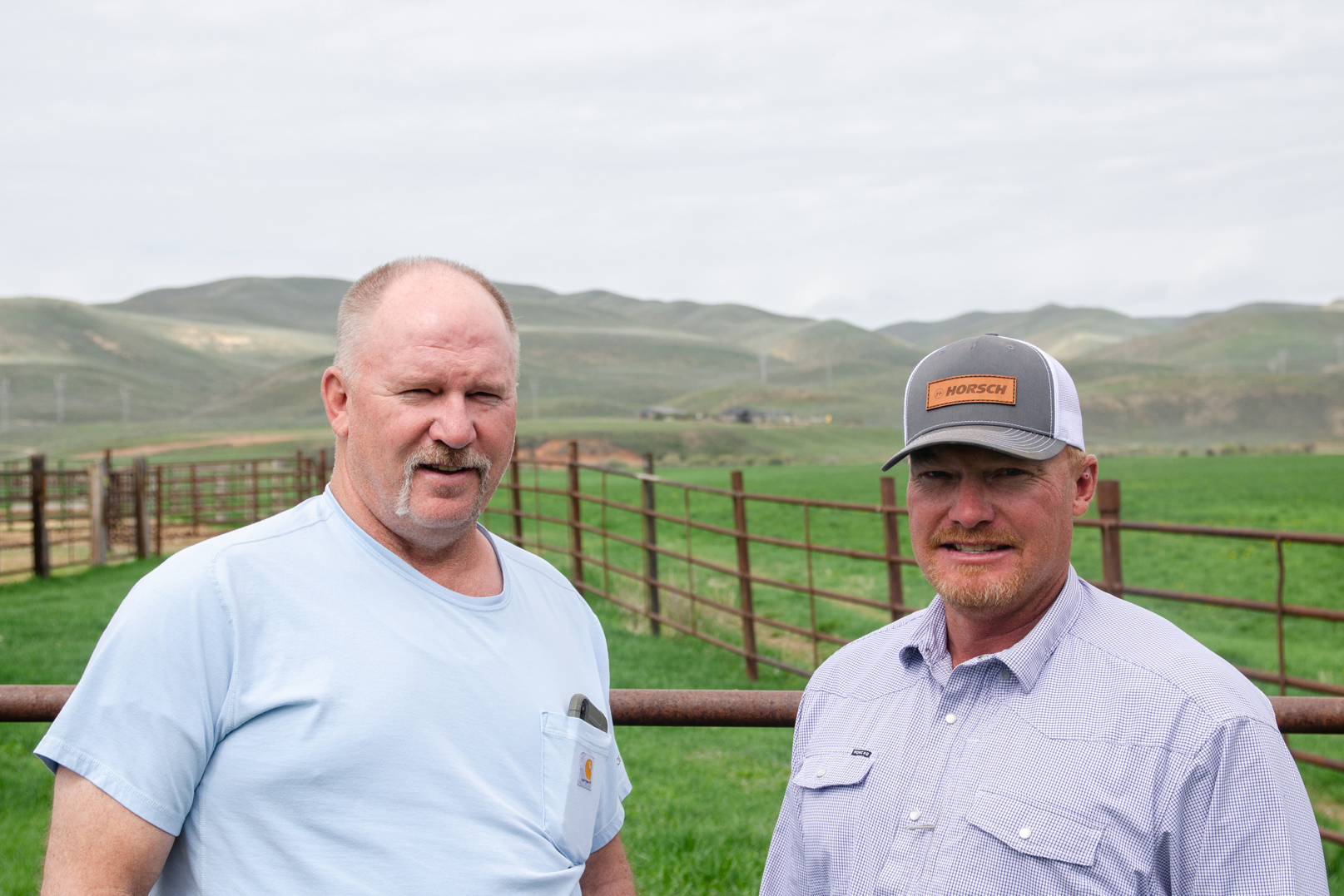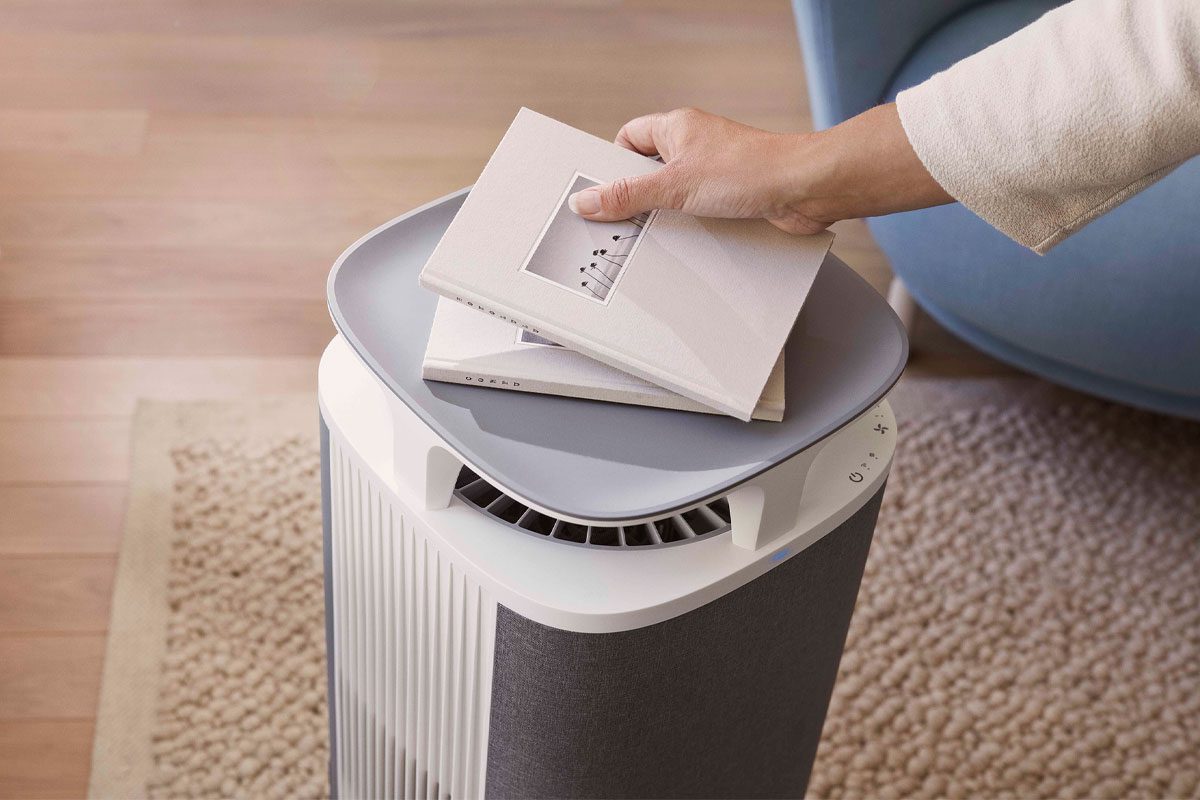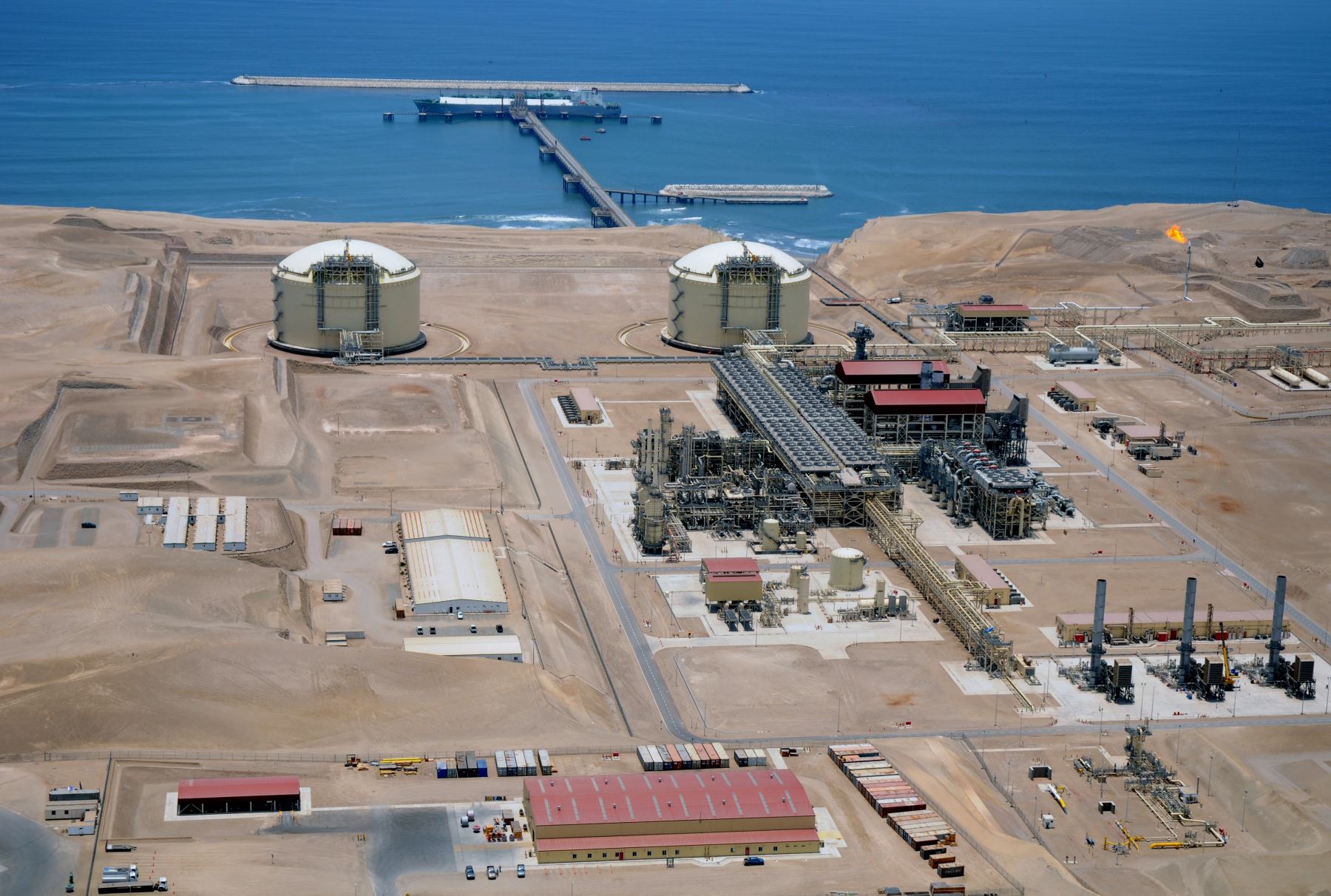The Biden administration’s announcement last week of $6 billion in funding for factory decarbonization reminded me of a book.
For years, Jeffrey Rissman of the think tank Energy Innovation has been one of the people I go to when I need an explanation of the technologies that will help heavy industries cut their emissions.
His book Zero-Carbon Industry came out in February from Columbia University Press. It’s a primer that describes the tools some of the most polluting industries—like steel, concrete and chemicals—can use to reduce their harm to the climate. He explains the issues in each industry and then covers the technologies and policies that, if smartly deployed, can bring those emissions to near-zero.
We’re hiring!
Please take a look at the new openings in our newsroom.
See jobs
With its Industrial Demonstrations Program, the Biden administration has taken a big step to encourage the use of those technologies, providing funding to help 33 companies implement cleaner production methods. For example, Cleveland-Cliffs, a massive steel company, will get a federal cost share of up to $500 million to implement a hydrogen direct-reduced iron plant in Ohio. The company aims to stop using a blast furnace and fossil fuels to make steel at the plant, and implement a process that uses hydrogen in combination with an electric furnace.
Rissman initially worked on energy systems modeling at Energy Innovation, which is based in San Francisco. He learned that there was a wealth of resources for reducing emissions from electricity, transportation and buildings, but much less for reducing emissions from industry. So he proposed starting the organization’s industrial decarbonization program.
“I realized that there was a gap here, a lack of knowledge,” he said. “Policymakers didn’t fully understand, ‘What is the industry sector?’ ‘What are the processes they use to create products?’”
The industrial sector is responsible for about one-fourth of global emissions, excluding the emissions from producing electricity used by the sector.

Rissman is impressed with the Biden administration’s announcement, which, he said, “will bring large benefits for workers, U.S. technological leadership, public health, and the climate.”
A portion of our conversation, edited for length and clarity, follows:
Is the path to decarbonizing industry clearer than most people realize?
Yes, I would say so. I think one key motivator for me in writing this book was the realization that this information exists, but it’s scattered amongst many documents. It’s often in places that are very technical, like research papers that are too technical for many types of stakeholders and policymakers, and often separated from any policy guidelines on how to make it all happen. Technology reports and policy papers are often presented as if they’re separate worlds, but you really need to understand how they all fit together.
How does carbon capture fit into the big picture of what you’re looking at?
I think it does have a niche, but it isn’t the first, best choice solution in cases where there are alternatives that can work better. For instance, I list options like energy efficiency, material efficiency, circular economy, and electrification first, because we should use those where we can, but there are some places where that can be difficult. One of them is in cement-making, where around 60 percent of the carbon dioxide emissions come from chemically breaking down limestone—which is calcium carbonate rock—to form clinker, one of the main ingredients in cement. The carbon that’s in that limestone gets released as CO2. This process is done in a cement kiln and a pre-calciner, which are heated, most commonly today, by burning coal. You could decarbonize the heat for the pre-calciner and the kiln—ideally, directly electrify that heat. Another possibility is to burn green hydrogen or another clean fuel. But even if you did that, you would still have about 60 percent of the CO2 emissions from the cement industry because they come from the calcination, or breakdown of the limestone, rather than from fossil fuels.
There are some approaches with alternative cement chemistries that can reduce or eliminate those emissions. But there are sometimes challenges or low technological maturity for alternative cement chemistries. Raw material availability can also be a challenge. So one possible approach is to use carbon capture. You can capture the CO2 from calcination and store it underground. If you do this, and if you also electrify the heat for the cement kiln, that means that there’s no combustion exhaust gas.
How optimistic are you that the transition you described in the book can happen as fast as it needs to?
I think it absolutely can. But I can’t see the future. And to say that it can happen is not the same thing as predicting that it certainly will. There will need to be the right supporting policies in place to help accelerate commercialization, scale-up, and cost reductions in clean industrial technologies. With the right policies in place, it can absolutely happen.
Other stories about the energy transition to take note of this week:
Biden Administration Approves Two Offshore Wind Farms Off Massachusetts: The Interior Department has approved New England Wind 1 and New England Wind 2, two offshore wind farms located about 20 miles off Martha’s Vineyard. The projects, formerly called Park City Wind and Commonwealth Wind, took this step forward despite financial challenges, as Heather Richards reports for E&E News.The developer, Avangrid, broke its contracts with state governments for the projects, citing high costs of development, and then went through a rebidding process. The rebidding led to a new arrangement with the governments of Connecticut, Massachusetts and Rhode Island, and the renaming of the projects. With this regulatory approval, the Biden administration is about halfway toward its goal of approving 30 gigawatts of offshore wind capacity by the end of next year.
This story is funded by readers like you.
Our nonprofit newsroom provides award-winning climate coverage free of charge and advertising. We rely on donations from readers like you to keep going. Please donate now to support our work.
Donate Now
EPA’s New Rules to Clean Up Heavy Trucking Met with Support and Criticism: The Biden administration has adopted the strictest-ever limits on emissions from heavy trucks, as Camila Domonoske reports for NPR. The reaction was unsurprising, with public health and environmental advocates praising the move and some trucking organizations saying the rules are not feasible because of concerns about costs and inadequate charging infrastructure.
Tesla’s Sales Drop, a Sign That its Grip on the EV Market Is Slipping: Tesla reported a major drop in sales for the first quarter of 2024, catching investors off guard, as Jack Ewing and Neal E. Boudette report for The New York Times. The EV manufacturer said it delivered 387,000 cars worldwide in the first quarter, down 8.5 percent from the same quarter in the prior year. Tesla faces an increase in competition as automakers such as Volkswagen and BMW expand their EV lineups, and as Chinese brands such as BYD are gaining market share in that country’s market.
Rivian’s Sales Growth Beats Expectations: Rivian, the U.S.-based manufacturer of all-electric trucks, reported an increase in sales that exceeded analysts’ expectations, as Zaheer Kachwala reports for Reuters. Despite this, Rivian’s share price decreased, in part because Tesla’s poor results helped to reduce confidence in the EV market.
A Power Line Debate Pits Environmental Allies Against Each Other in the Upper Midwest: A lawsuit has paused the completion of the $649 million Cardinal-Hickory Creek transmission line on the Iowa-Wisconsin border. Developers have completed about 100 of the line’s 102 miles, but a coalition of environmental groups want to stop the last stretch, which crosses the Mississippi River and a wildlife refuge, as I reported for ICN. Tensions are high partly because there are environmental groups on both sides; they are frustrated to be spending time and money fighting with organizations they often view as allies. Supporters of the project say the line will allow for development of massive amounts of renewable energy, while opponents say the benefits are not enough to justify an industrial project in a wildlife area.
Inside Clean Energy is ICN’s weekly bulletin of news and analysis about the energy transition. Send news tips and questions to [email protected].

















